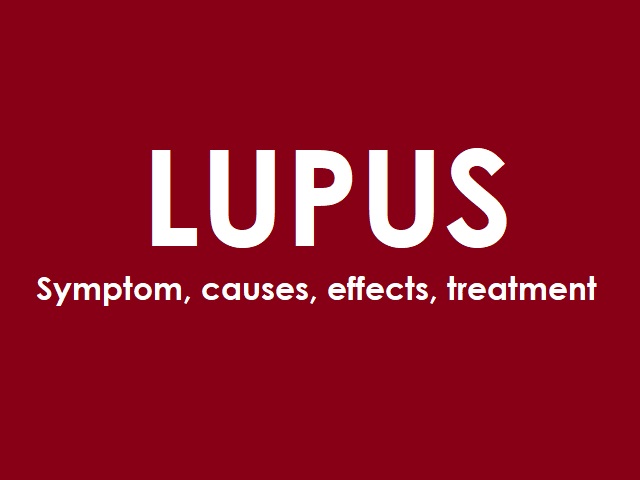9 Signs You May Have Septic Shock -- Symptoms, Causes, Effects, Treatment and Prevention
Septic shock is a life-threatening condition that occurs as a severe complication of sepsis. It is characterized by a systemic inflammatory response to an infection that leads to widespread tissue damage, organ dysfunction, and dangerously low blood pressure.
Symptoms of Septic Shock:
The symptoms of septic shock may include:
- Low blood pressure (hypotension)
- Rapid heart rate
- Rapid breathing or shortness of breath
- Altered mental state, confusion, or disorientation
- Decreased urine output
- Cold, clammy skin
- Weakness or fatigue
- Lightheadedness or dizziness
- Fever or abnormally low body temperature
Diagnosis of Septic Shock:
Diagnosing septic shock involves a combination of clinical evaluation and laboratory tests. The following assessments and tests are typically conducted:
- Evaluation of vital signs: Monitoring blood pressure, heart rate, respiratory rate, and body temperature.
- Blood tests: Assessing white blood cell count, inflammatory markers, and blood chemistry to evaluate organ function and detect signs of infection.
- Cultures: Collecting samples from the suspected infection site (such as blood, urine, or wound) to identify the specific microorganism causing the infection.
- Imaging tests: X-rays, ultrasound, or CT scans may be performed to identify the source of infection and evaluate organ damage or dysfunction.
Causes of Septic Shock:
Septic shock occurs as a result of a severe infection, most commonly bacterial, that spreads throughout the body. Common sources of infection leading to septic shock include:
- Pneumonia
- Urinary tract infection
- Intra-abdominal infection (such as peritonitis)
- Skin or soft tissue infection
- Meningitis
- Infection related to medical procedures or devices
Effects of Septic Shock:
Septic shock can have severe and potentially life-threatening effects on the body, including:
- Widespread tissue and organ damage
- Organ dysfunction or failure, such as acute respiratory distress syndrome (ARDS), acute kidney injury, or liver failure
- Disseminated intravascular coagulation (DIC), leading to abnormal blood clotting and bleeding
- Reduced oxygen delivery to tissues and organs
- Increased risk of secondary infections
- Long-term complications, such as post-septic syndrome or physical and cognitive impairments
Treatment of Septic Shock:
The treatment of septic shock requires immediate medical intervention in an intensive care unit (ICU) setting. The following measures are typically undertaken:
- Administration of intravenous fluids to restore blood volume and maintain blood pressure
- Vasopressor medications to constrict blood vessels and increase blood pressure
- Antibiotics to target the infection and prevent its spread
- Source control, such as drainage or removal of the infected site
- Mechanical ventilation or oxygen therapy to support respiratory function
- Continuous monitoring of vital signs, organ function, and oxygen levels
- Supportive care, including pain management, nutrition, and prevention of complications
- In some cases, extracorporeal membrane oxygenation (ECMO) may be used to provide heart and lung support.
Prevention of Septic Shock:
Preventing septic shock involves early recognition and appropriate management of infections. Key preventive measures include:
- Prompt treatment of infections with appropriate antibiotics
- Proper hand hygiene and infection control practices
- Immunizations to prevent infections (such as influenza and pneumonia vaccines)
- Sterile techniques during medical procedures
- Proper wound care and hygiene
- Timely recognition of sepsis symptoms and seeking immediate medical attention
It is crucial to seek immediate medical care if you suspect septic shock or have symptoms of severe infection.
References:
Seymour, C. W., et al. (2017). Assessment of Clinical Criteria for Sepsis: For the Third International Consensus Definitions for Sepsis and Septic Shock (Sepsis-3). JAMA, 315(8), 762-774. DOI: 10.1001/jama.2016.0288
Angus, D. C., et al. (2013). Epidemiology of severe sepsis in the United States: Analysis of incidence, outcome, and associated costs of care. Critical Care Medicine, 29(7), 1303-1310. DOI: 10.1097/00003246-200107000-00002
Rhodes, A., et al. (2017). Surviving Sepsis Campaign: International Guidelines for Management of Sepsis and Septic Shock: 2016. Intensive Care Medicine, 43(3), 304-377. DOI: 10.1007/s00134-017-4683-6














